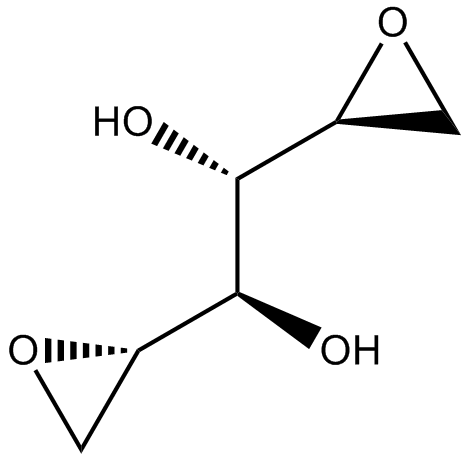DNA Alkylator/Crosslinker
DNA alkylator/crosslinker is a molecule that alkylates DNA or can cross link with DNA. DNA alkylator/crosslinker can have mutagenic, pharmaceutical, or other effects. Alkylation is the transfer of an alkyl group from one molecule to another. The alkyl group may be transferred as an alkyl carbocation, a free radical, a carbanion or a carbene. Alkylating agents are widely used in chemistry because the alkyl group is probably the most common group encountered in organic molecules. Selective alkylation, or adding parts to the chain with the desired functional groups, is used, especially if there is no commonly available biological precursor. Alkylation with only one carbon is termed methylation. In medicine, alkylation of DNA is used in chemotherapy to damage the DNA of cancer cells. Alkylation is accomplished with the class of drugs called alkylating antineoplastic agents. Crosslinking of DNA occurs when various exogenous or endogenous agents react with two different positions in the DNA. This can either occur in the same strand (intrastrand crosslink) or in the opposite strands of the DNA (interstrand crosslink). Crosslinks also occur between DNA and protein. DNA replication is blocked by crosslinks, which causes replication arrest and cell death if the crosslink is not repaired. The RAD51 family plays a role in repair.
Ziele für DNA Alkylator/Crosslinker
Produkte für DNA Alkylator/Crosslinker
- Bestell-Nr. Artikelname Informationen
-
GC34955
(+)-CBI-CDPI1
(+)-CBI-CDPI1 ist ein erweitertes funktionelles Analogon von CC-1065. (+)-CBI-CDPI1 ist ein DNA-Alkylierungsmittel. (+)-CBI-CDPI1 ist ein AntikÖrper-Wirkstoff-Konjugat (ADCs)-Toxin.
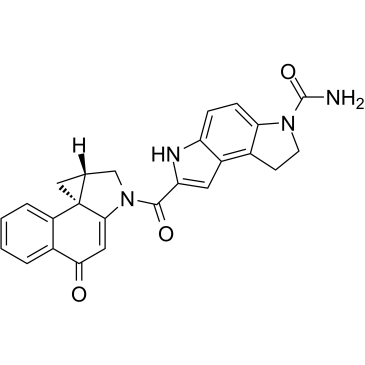
-
GC34956
(+)-CBI-CDPI2
(+)-CBI-CDPI2 ist ein erweitertes funktionelles Analogon von CC-1065. (+)-CBI-CDPI1 ist ein DNA-Alkylierungsmittel. (+)-CBI-CDPI2 ist ein AntikÖrper-Wirkstoff-Konjugat (ADCs)-Toxin.
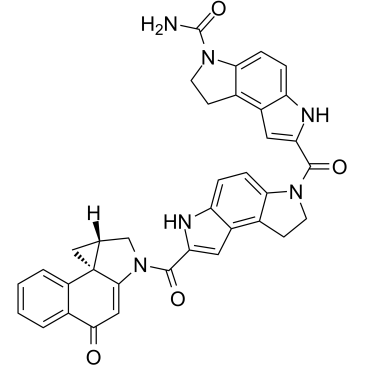
-
GC60421
(S)-Seco-Duocarmycin SA
(S)-Seco-Duocarmycin SA ist ein DNA-Alkylator, zytotoxisch fÜr Krebszellen und wirkt als ADC-Zytotoxin fÜr AntikÖrper-Wirkstoff-Konjugate.
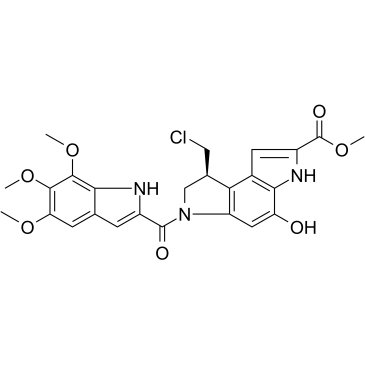
-
GC49470
1-Ethyl-1-nitrosourea (hydrate)
A DNA alkylating agent

-
GC52129
3-Amino-5-hydroxybenzoic Acid

-
GC42401
4-hydroperoxy Cyclophosphamide
Ein aktiviertes Analogon von Cyclophosphamid.

-
GC68332
4-Hydroperoxy Cyclophosphamide-d4

-
GC14564
Altretamine
Altretamin ist ein alkylierendes antineoplastisches Mittel.
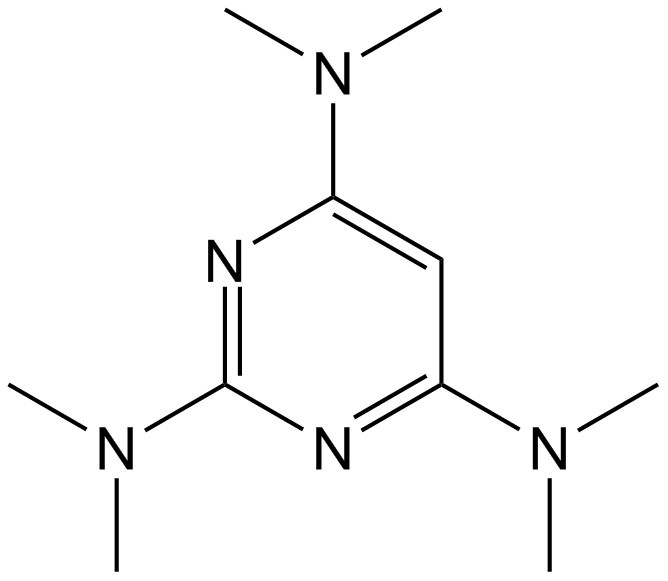
-
GC35310
Altretamine hydrochloride
Altretaminhydrochlorid ist ein alkylierendes antineoplastisches Mittel.
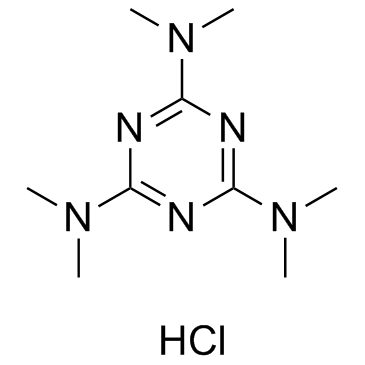
-
GC64354
Bendamustine
Bendamustin (freie Base von SDX-105), ein Purin-Analogon, ist ein DNA-Vernetzungsmittel. Bendamustin aktiviert die Stressreaktion auf DNA-SchÄdigung und Apoptose. Bendamustin hat starke alkylierende, Antikrebs- und Antimetabolit-Eigenschaften.
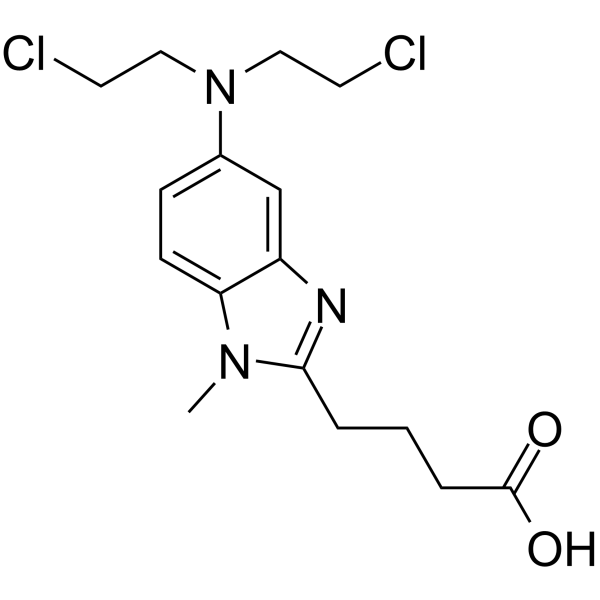
-
GC34305
Bendamustine D4 (SDX-105 D4)
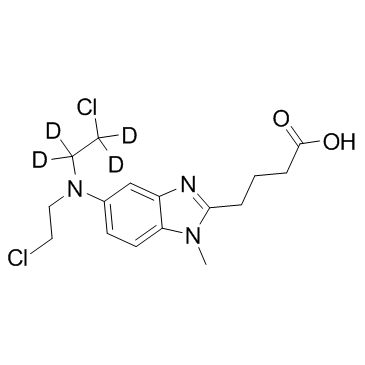
-
GC10744
Bendamustine HCl
Bendamustin-HCl (SDX-105), ein Purin-Analogon, ist ein DNA-Vernetzungsmittel. Bendamustin HCl aktiviert die Stressreaktion auf DNA-SchÄdigung und Apoptose. Bendamustin-HCl hat starke alkylierende, Antikrebs- und Antimetabolit-Eigenschaften.
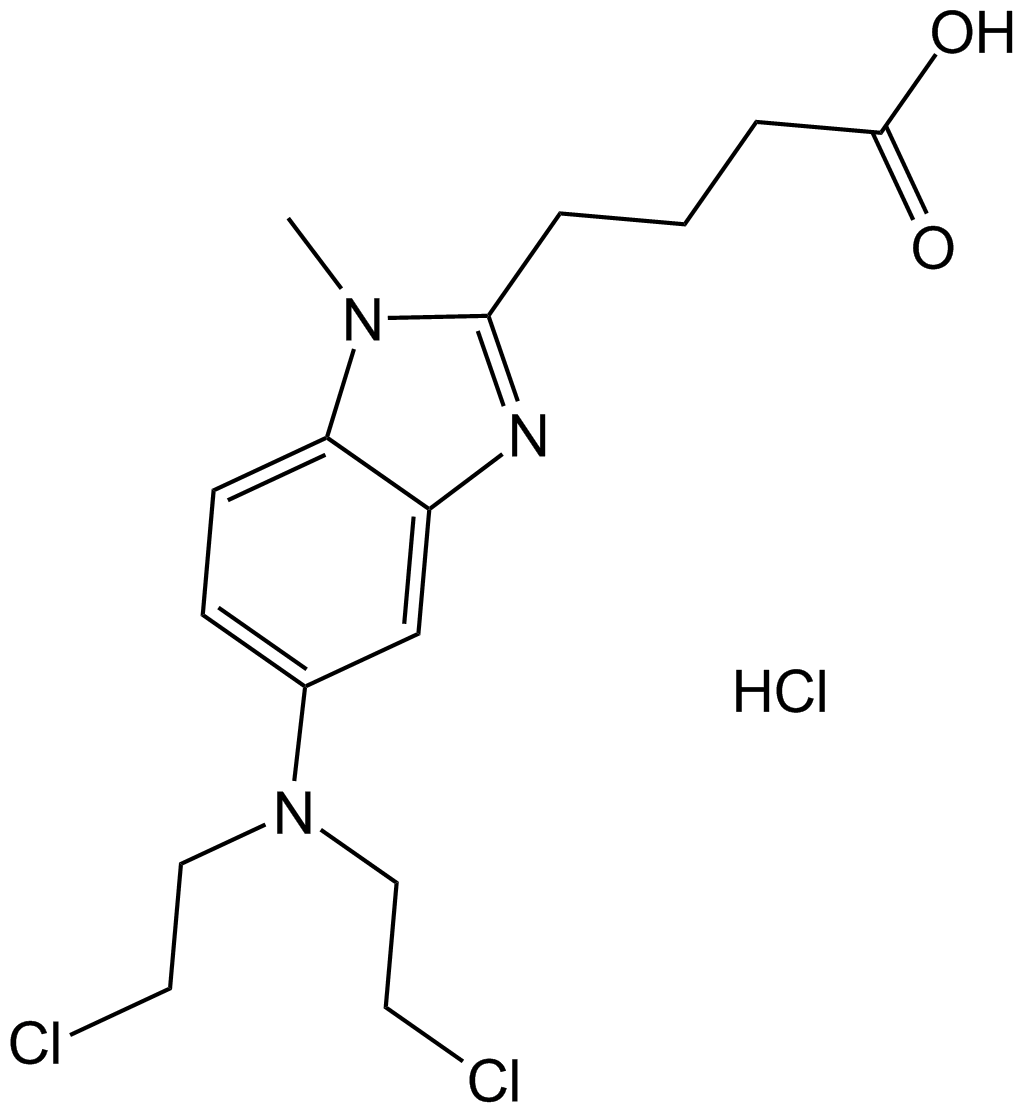
-
GC13671
Busulfan
Busulfan ist ein starker Alkylator mit selektiver immunsuppressiver Wirkung auf das Knochenmark.
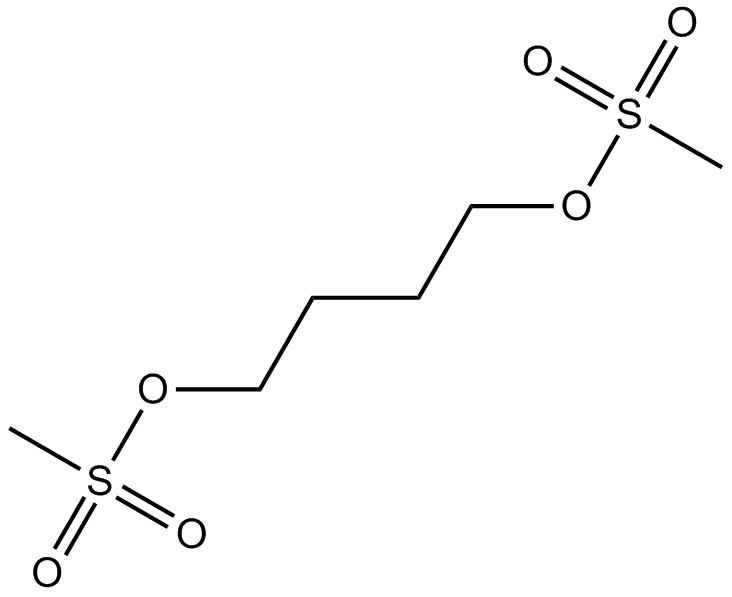
-
GC46962
Busulfan-d8
Busulfan-D8 ist ein Deuterium mit der Bezeichnung Busulfan. Busulfan ist ein Alkylsulfonat, das als alkylierendes antineoplastisches Mittel wirkt. Busulfan bildet sowohl Intra- als auch Interstrang-Crosslinks auf der DNA. Bei SÄugetieren bewirkt Busulfan eine tiefgreifende und anhaltende Verringerung der Bildung hÄmatopoetischer VorlÄufer, ohne die Lymphozytenspiegel oder die humoralen AntikÖrperreaktionen signifikant zu beeinflussen.

-
GC19086
Calicheamicin
Calicheamicin, ein Antitumor-Antibiotikum, ist ein zytotoxisches Mittel, das DNA-DoppelstrangbrÜche verursacht.
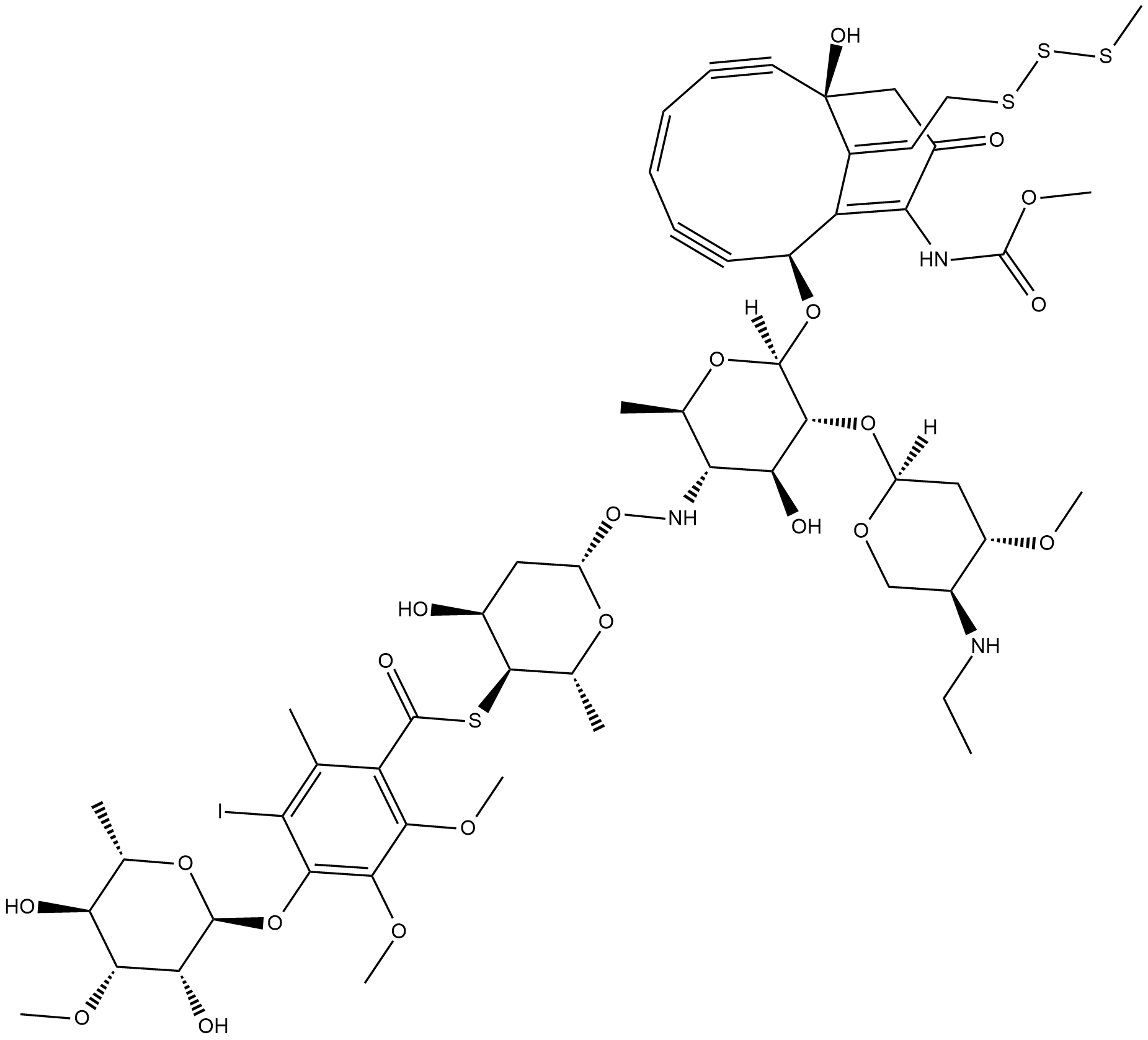
-
GC11207
Carboplatin
Antitumor-Wirkstoff, der Platin-DNA-Addukte bildet.
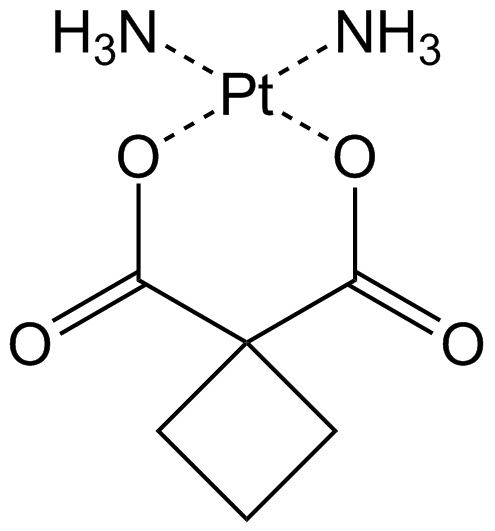
-
GC15793
Carmustine
Carmustin ist ein Antitumor-Chemotherapeutikum, das durch Alkylierung von DNA und RNA wirkt.
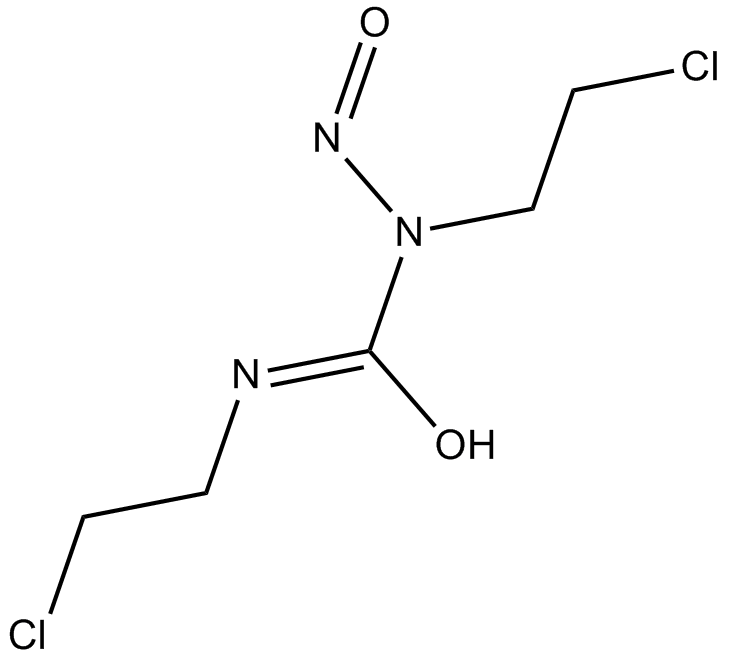
-
GC43209
CB-1954
CB-1954 (CB 1954), ein Antitumor-Prodrug, ist hochgradig selektiv gegen die Walker-256-Rattentumorlinie. CB-1954 wird enzymatisch aktiviert, um ein bifunktionelles Mittel zu erzeugen, das DNA-DNA-Vernetzungen zwischen den StrÄngen bilden kann. CB-1954 in Rattenzellen beinhaltet die Reduktion seiner 4-Nitrogruppe zu einem 4-Hydroxylamin durch das Enzym NAD(P)H:Chinonoxidoreduktase 1 (NQO1).

-
GC12908
Chlorambucil
Chlorambucil (CB-1348), ein oral wirksames antineoplastisches Mittel, ist ein bifunktionelles Alkylierungsmittel, das zur Stickstofflost-Gruppe gehÖrt. Chlorambucil kann zur Erforschung von lymphatischer LeukÄmie, Ovarial- und Mammakarzinomen und Morbus Hodgkin eingesetzt werden.
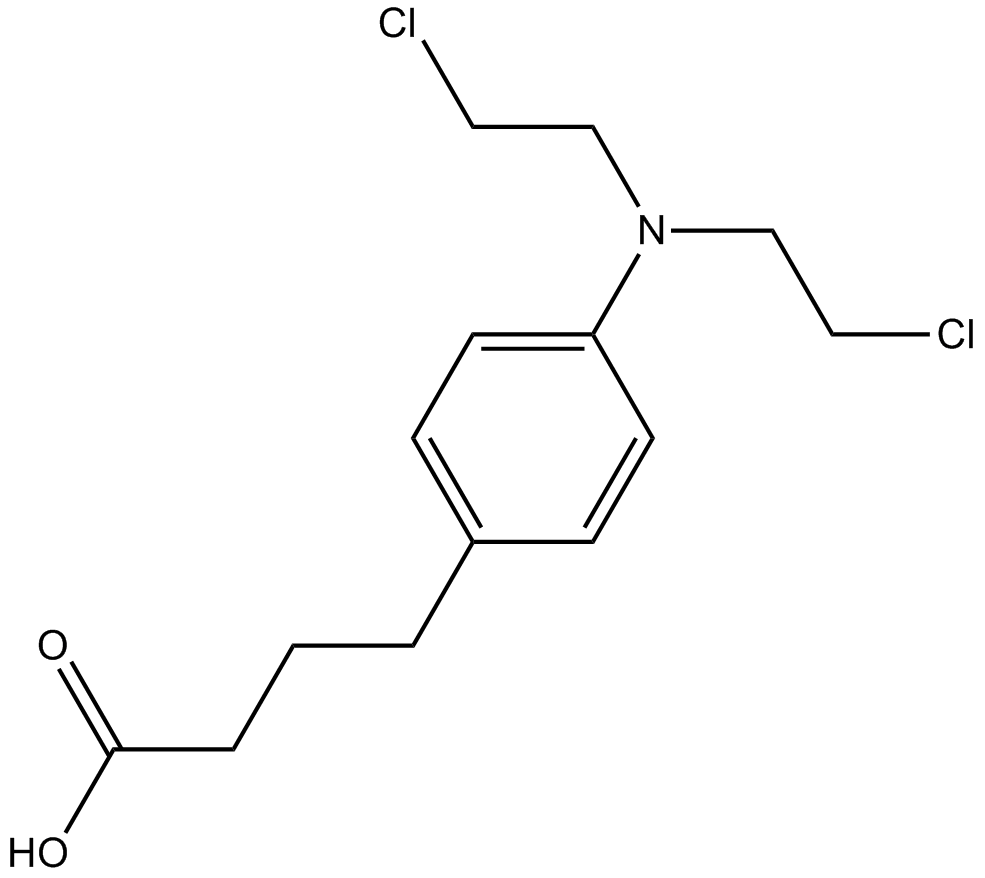
-
GC11908
Cisplatin
Cisplatin ist eines der besten und ersten metallbasierten Chemotherapeutika, das für eine breite Palette von soliden Krebsarten wie Hoden-, Eierstock-, Blasen-, Lungen-, Gebärmutterhals-, Kopf- und Halskrebs, Magenkrebs und einigen anderen Krebsarten verwendet wird.
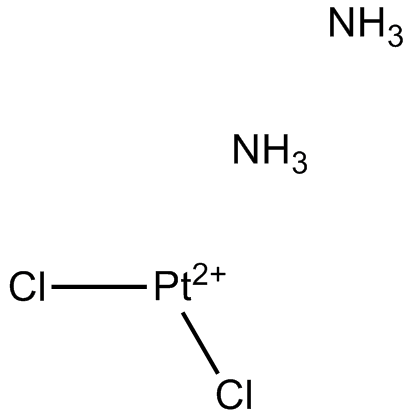
-
GC11145
Cyclophosphamide
Cyclophosphamid ist eine häufig verwendete Chemotherapie, oft in Kombination mit anderen Chemotherapiearten, zur Behandlung von Brustkrebs, bösartigen Lymphomen, Multiplem Myelom und Neuroblastom.
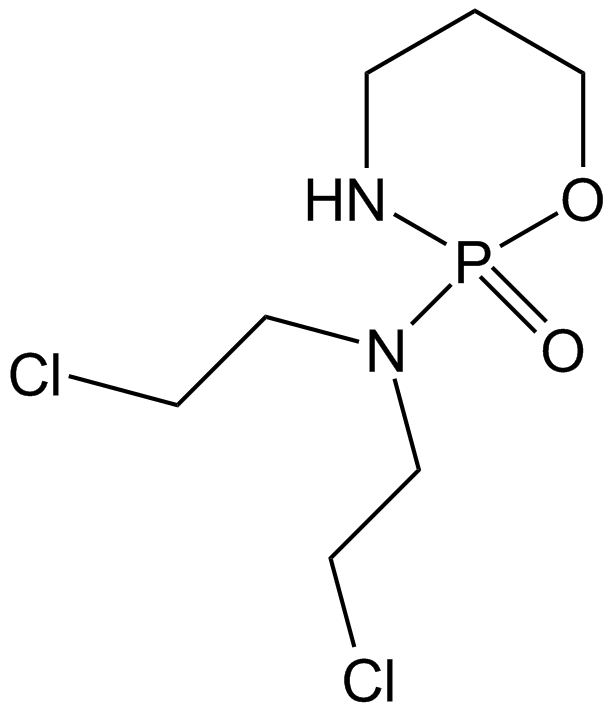
-
GC14077
Cyclophosphamide monohydrate
An alkylating agent
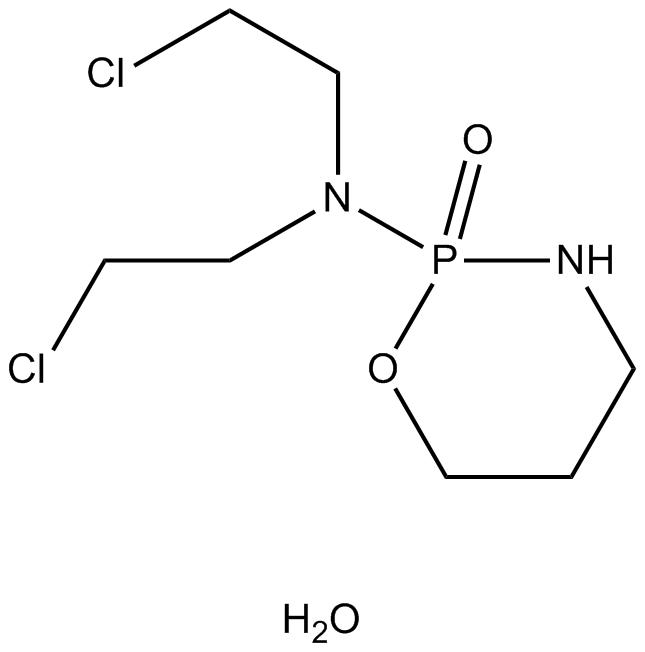
-
GC35907
Duocarmycin
Duocarmycin, ein DNA-Alkylator fÜr die kleine Furche, ist ein AntikÖrper-Wirkstoff-Konjugat (ADCs)-Toxin. Duocarmycin basiert auf seiner charakteristischen gekrÜmmten Indolstruktur und einem Spirocyclopropylcyclohexadienon-Elektrophil, um eine krebsbekÄmpfende AktivitÄt auszuÜben.
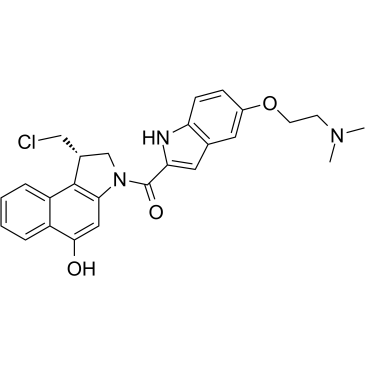
-
GC38080
Duocarmycin Analog
Duocarmycin Analog ist ein Analog von Duocarmycin und wird als DNA-Alkylator und ADC-Zytotoxin verwendet.
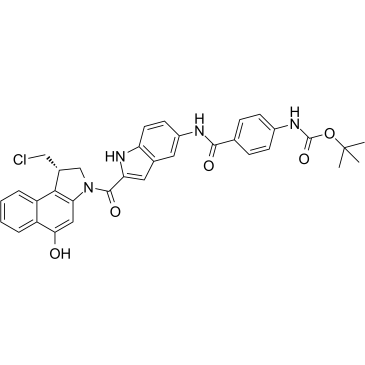
-
GC35909
Duocarmycin GA
Duocarmycin GA ist ein AntikÖrper-Wirkstoff-Konjugat (ADCs)-Toxin. Duocarmycin ist ein DNA-Alkylierungsmittel, das in der kleinen Furche bindet. Duocarmycin GA kann gegen multiresistente Zelllinien eingesetzt werden.
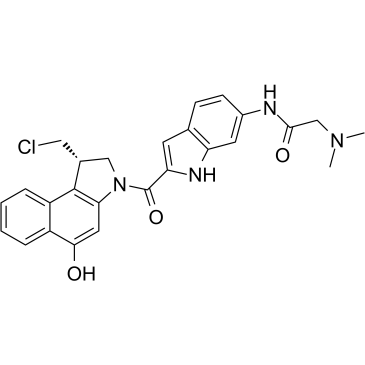
-
GC35910
Duocarmycin MA
Duocarmycin MA ist ein AntikÖrper-Wirkstoff-Konjugat (ADCs)-Toxin. Duocarmycin ist ein DNA-Alkylierungsmittel, das in der kleinen Furche bindet. Duocarmycin MA kann gegen multiresistente Zelllinien eingesetzt werden.
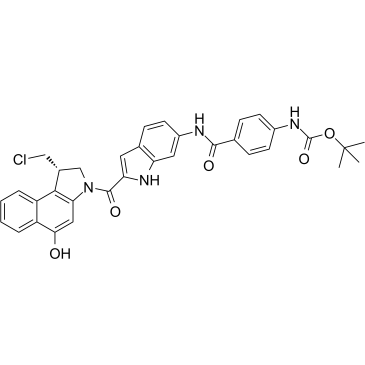
-
GC35911
Duocarmycin MB
Duocarmycin MB ist ein AntikÖrper-Wirkstoff-Konjugat (ADCs)-Toxin. Duocarmycin ist ein DNA-Alkylierungsmittel, das in der kleinen Furche bindet. Duocarmycin MB kann gegen multiresistente Zelllinien eingesetzt werden.
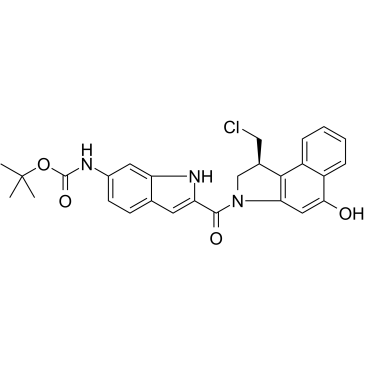
-
GC32187
Duocarmycin TM
Duocarmycin TM (CBI-TMI) ist ein wirksames antitumorales Antibiotikum. Duocarmycin TM führt zu einer sequenzselektiven Alkylierung von doppelsträngiger DNA.
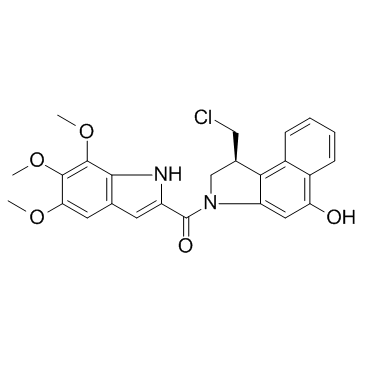
-
GC16003
Ifosfamide
Ifosfamid ist ein alkylierendes Chemotherapeutikum mit AktivitÄt gegen ein breites Spektrum von Tumoren.
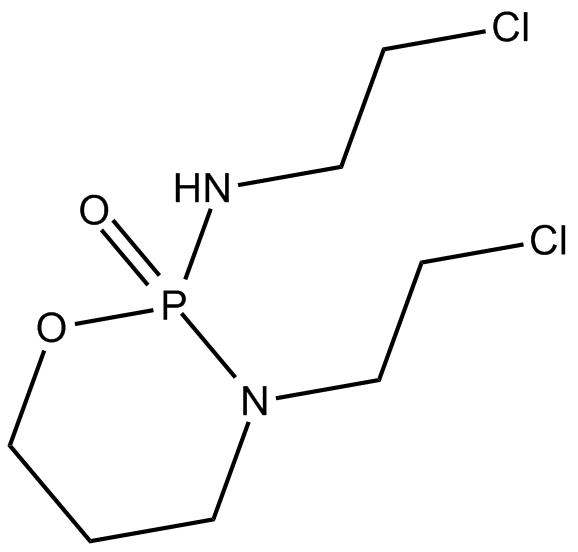
-
GC41340
Illudin M
Illudin M ist ein zytotoxisches Pilz-Sesquiterpen, das aus dem Kulturmedium von Omphalotus olearius-Pilzen isoliert werden kann. Illudin M kann DNA alkylieren. Illudin M hat Anti-Tumor-AktivitÄten.

-
GC41384
K-TMZ
K-TMZ is a DNA alkylating agent.

-
GC17865
Lomustine
Lomustin (CCNU; NSC 79037) ist ein DNA-alkylierendes Mittel mit AntitumoraktivitÄt.
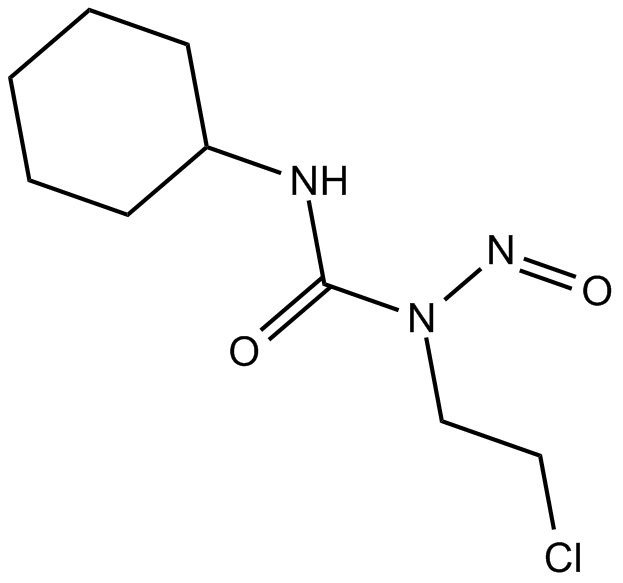
-
GC63050
Lurbinectedin D3
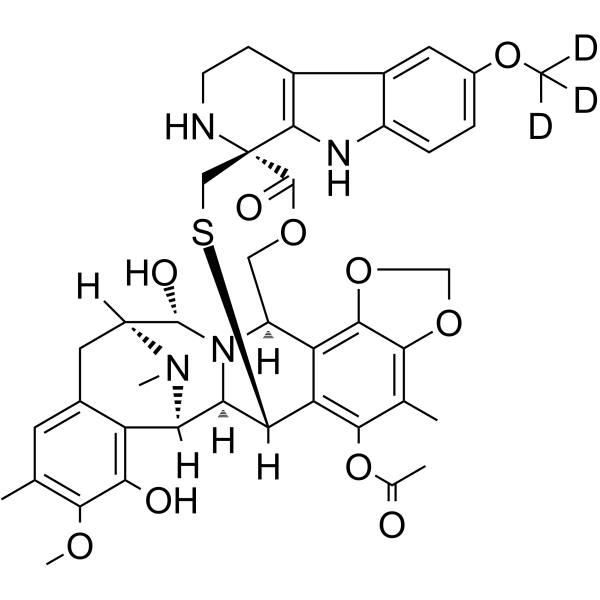
-
GC12393
Melphalan
DNA alkylating agent
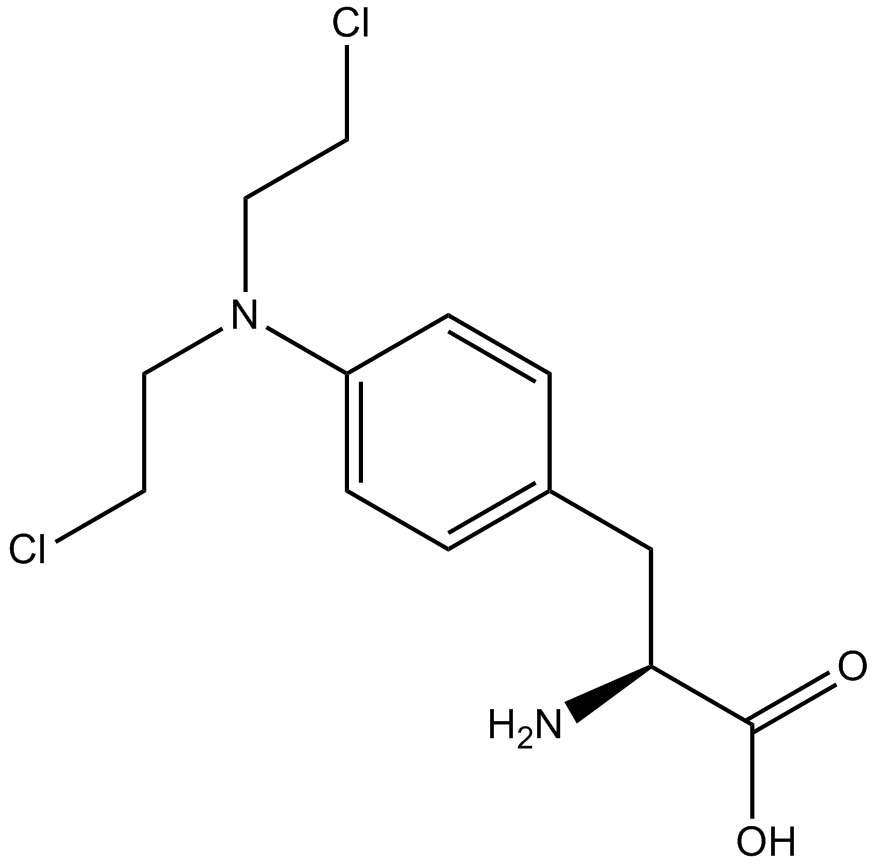
-
GC36598
Methylnitronitrosoguanidine(wetted with ca. 50% Water)
Methylnitronitrosoguanidin (benetzt mit ca. 50 % Wasser) (MNNG) ist ein Alkylierungsmittel mit toxischer und mutagener Wirkung.
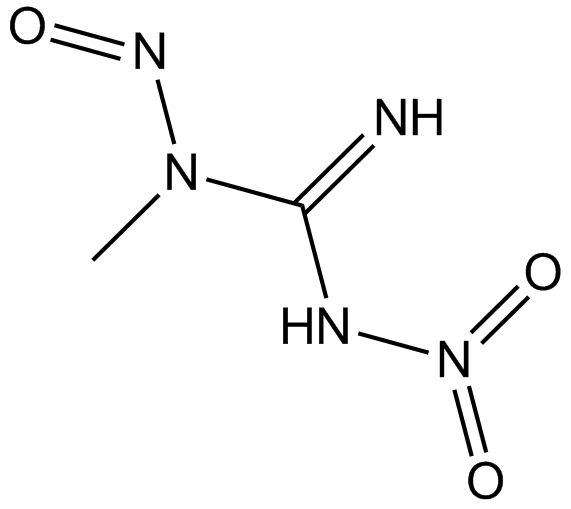
-
GC32886
Miriplatin (SM-11355)
Miriplatin (SM-11355) (SM-11355) ist ein Chemotherapeutikum, das zur Klasse der Alkylantien gehÖrt.
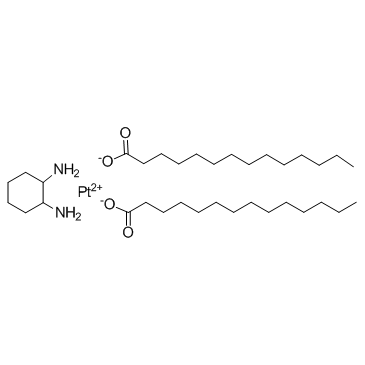
-
GC36615
Miriplatin hydrate
Miriplatin-Hydrat (SM-11355-Hydrat) ist ein Chemotherapeutikum, das zur Klasse der Alkylantien gehört.
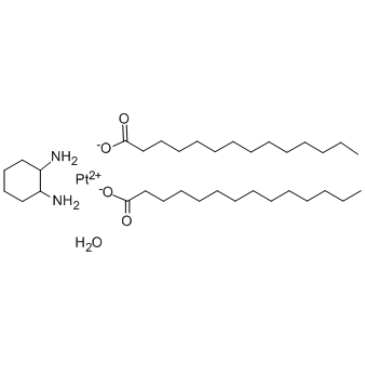
-
GC44243
Monohydroxy Melphalan (hydrochloride)
Monohydroxy melphalan is a DNA alkylating agent and a degradation product of melphalan.

-
GC44251
MTIC
MTIC ist der aktive Metabolit von Temozolomid (TMZ).

-
GC39498
N-Nitroso-N-methylurea
N-Nitroso-N-Methylharnstoff (NMU;MNU;NMH) ist ein starkes Karzinogen, Mutagen und Teratogen. N-Nitroso-N-Methylharnstoff ist ein direkt wirkendes Alkylierungsmittel, das mit DNA interagiert. N-Nitroso-N-Methylharnstoff zielt auf mehrere tierische Organe ab, um verschiedene Krebsarten und/oder degenerative Erkrankungen zu verursachen. N-Nitroso-N-methylharnstoff ist auch ein VorlÄufer bei der Synthese von Diazomethan.
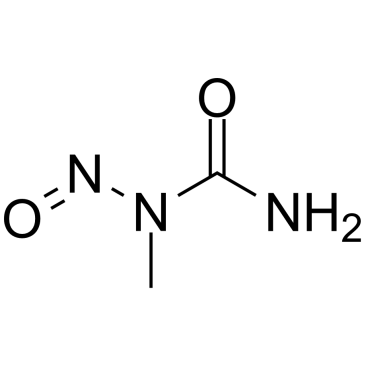
-
GC62501
OBI-3424
OBI-3424 (TH-3424) ist ein Prodrug, das selektiv von AKR1C3 (Aldo-Keto-Reduktase 1C3) in ein wirksames DNA-alkylierendes Mittel umgewandelt wird. OBI-3424 kann in der Forschung zu hepatozellulÄrem Karzinom, kastrationsresistentem Prostatakrebs und akuter lymphoblastischer LeukÄmie (ALL) eingesetzt werden.
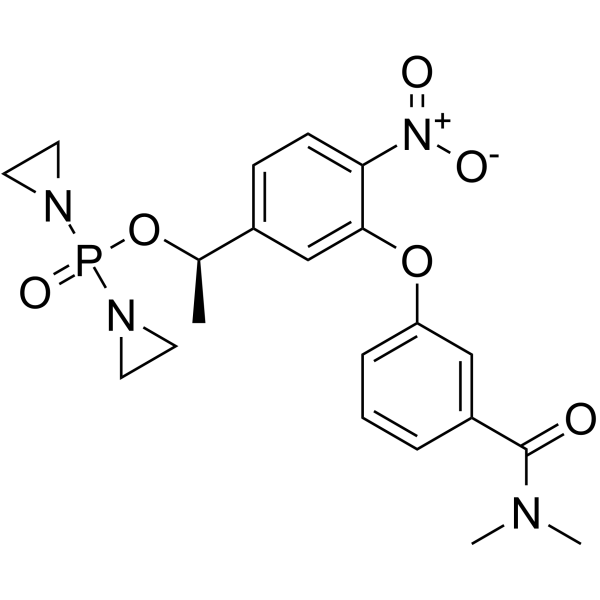
-
GC17716
Oxaliplatin
Oxaliplatin ist ein zytotoxisches Chemotherapeutikum, das zur Behandlung von Krebs eingesetzt wird.
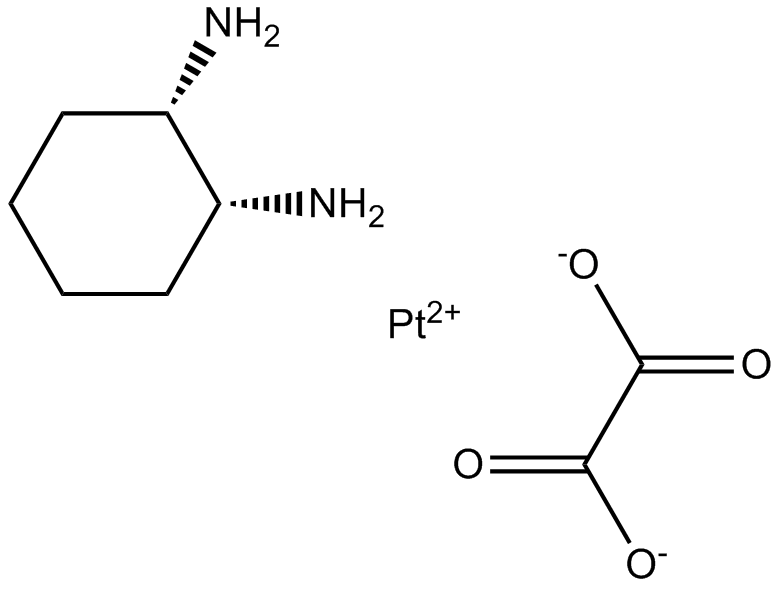
-
GC14762
Palifosfamide
An active metabolite of ifosfamide
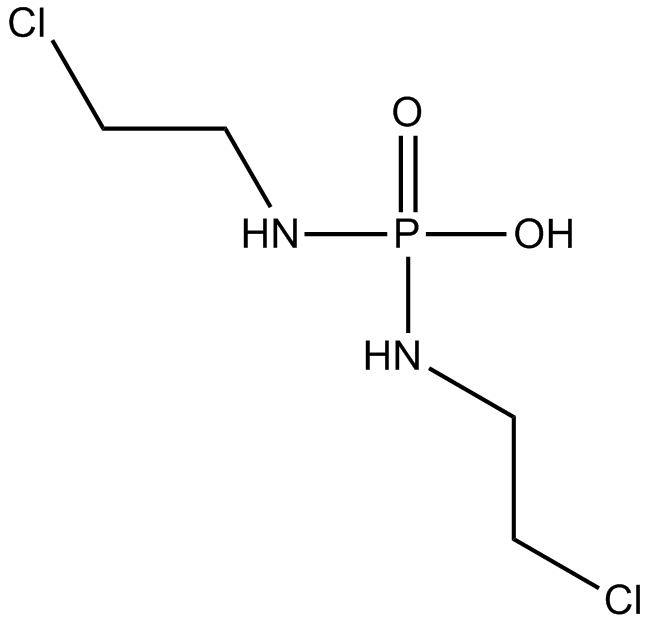
-
GC61182
Phosphoramide mustard (cyclohexanamine)
Phosphoramid-Lost-Cyclohexanamin ist ein biologisch aktiver Metabolit von Cyclophosphamid mit krebsbekÄmpfender Wirkung. Phosphoramid-Senf-Cyclohexanamin induziert DNA-SchÄden.
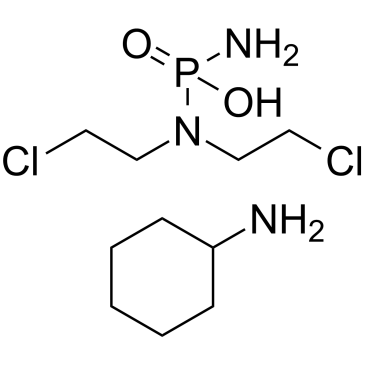
-
GC61188
PIP-199
PIP-199 ist ein selektiver Inhibitor der RMI (RecQ-mediated genome instability protein)-Kernkomplex/MM2-Interaktion mit einem IC50 von 36 μM. PIP-199 kann fÜr die Erforschung der Sensibilisierung resistenter Tumore gegenÜber DNA-vernetzenden Chemotherapeutika verwendet werden.
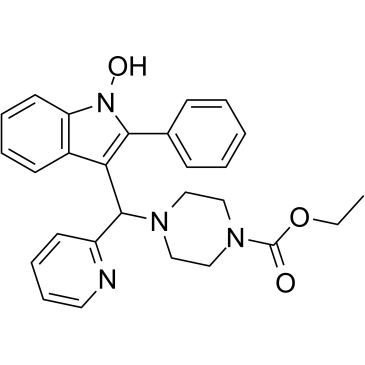
-
GC32946
PK11007
PK11007 ist ein milder Thiolalkylator mit AntikrebsaktivitÄt. PK11007 stabilisiert p53 durch selektive Alkylierung von zwei oberflÄchenexponierten Cysteinen, ohne seine DNA-BindungsaktivitÄt zu beeintrÄchtigen. PK11007 induziert den Tod von mutierten p53-Krebszellen, indem es die Werte der reaktiven Sauerstoffspezies (ROS) erhÖht.
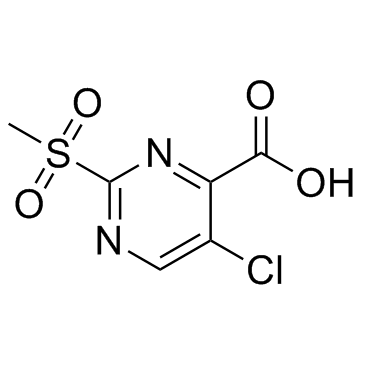
-
GC63154
PR-104
PR-104 ist ein selektives Hypoxie-aktiviertes DNA-Vernetzungsmittel und kann fÜr die Erforschung mehrerer Tumor-Xenograft-Modelle verwendet werden. PR-104 wird als Stickstoff-Lost-PrÄ-Prodrug effizient in den lipophileren Dinitrobenzamid-Lost-Alkohol PR-104A umgewandelt.
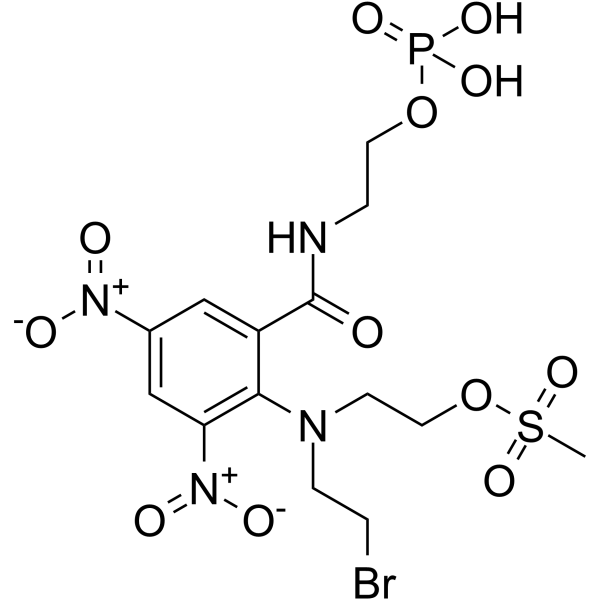
-
GC62490
PR-104A
PR-104A (SN 27858) ist der Alkoholmetabolit des Phosphat-Prodrugs PR-104. PR-104A ist ein Hypoxie-selektives DNA-Vernetzungsmittel/DNA-schÄdigendes Mittel und Zytotoxin. AntitumoraktivitÄt. PR-104A wird unter Hypoxie durch die 1-Elektronen-NADPH:Cytochrom-P450-Oxidoreduktase metabolisiert. PR-104A kann fÜr die Erforschung rezidivierter/refraktÄrer akuter lymphoblastischer LeukÄmie (T-ALL) der T-Linie verwendet werden.
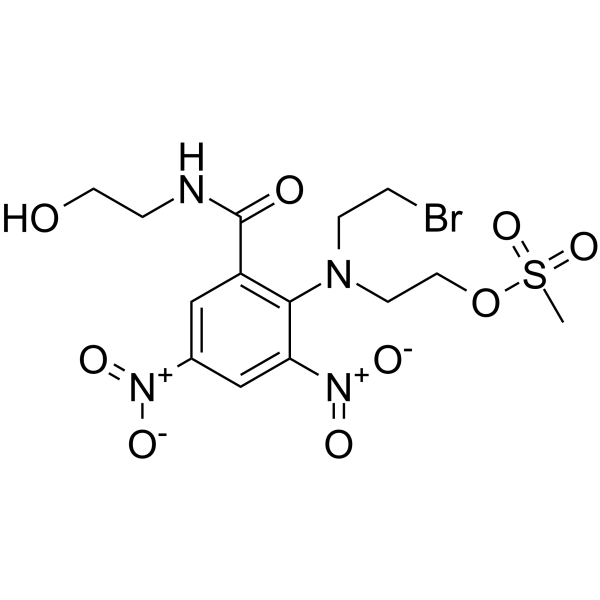
-
GC11793
Procarbazine HCl
Procarbazin HCl ist ein oral wirksames Alkylierungsmittel mit AntikrebsaktivitÄt. Procarbazin HCl kann in der Erforschung der Hodgkin-Krankheit verwendet werden.
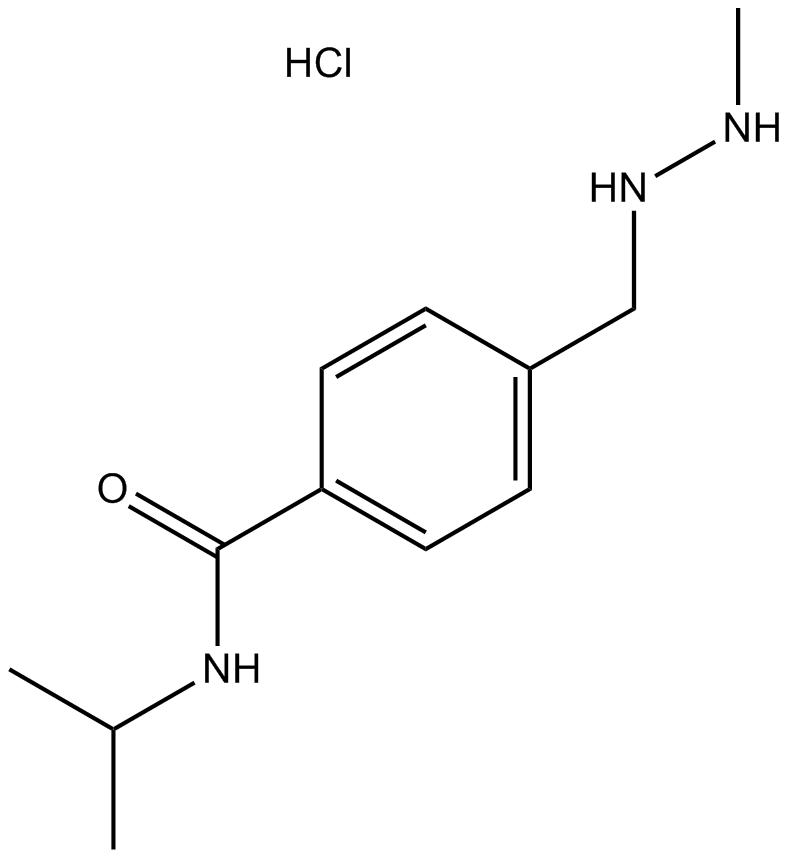
-
GC12793
RITA (NSC 652287)
An inhibitor of the p53-HDM-2 interaction
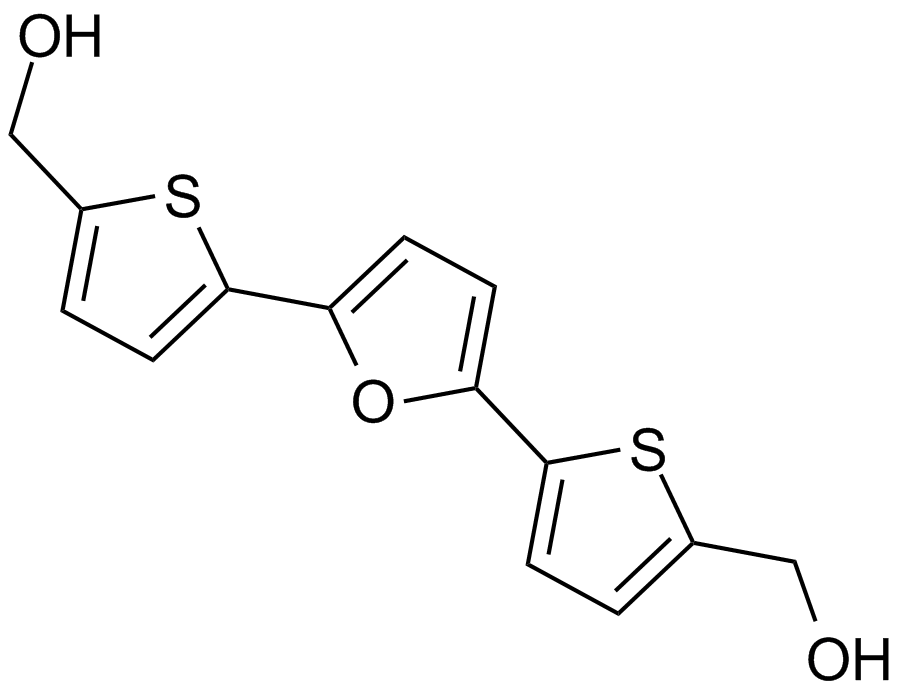
-
GC37593
Satraplatin
Satraplatin ist ein Alkylierungsmittel mit starker Antitumorwirkung.
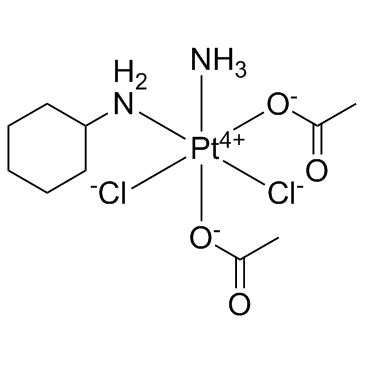
-
GC38349
Seco-Duocarmycin SA
Seco-Duocarmycin SA ist ein DNA-Alkylator und wird als ADC-Zytotoxin verwendet.
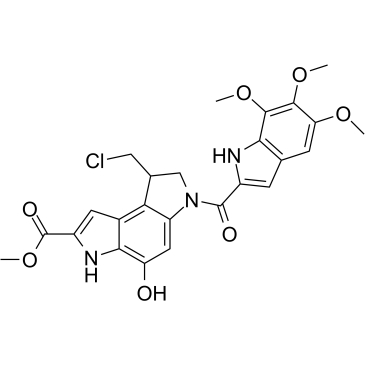
-
GC38354
Seco-Duocarmycin TM
Seco-Duocarmycin TM ist ein DNA-Alkylierungsmittel, das zur Familie der Duocarmycine gehÖrt und die DNA-Synthese hemmt. Seco-Duocarmycin TM ist ein zytotoxischer Wirkstoff, der als zytotoxische Komponente in AntikÖrper-Wirkstoff-Konjugaten (ADC) verwendet wird.
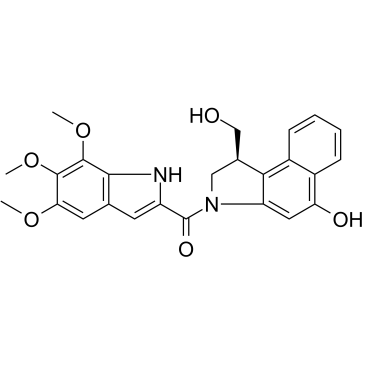
-
GC37625
Semustine
Semustin ist ein DNA-Alkylator, bindet an DNA und wirkt als Krebs-Chemotherapeutikum.
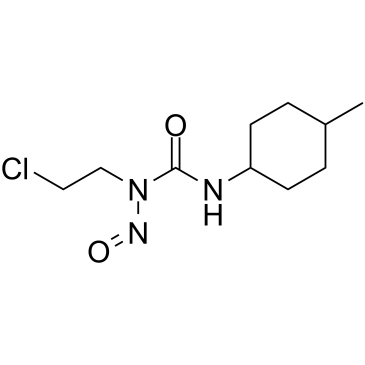
-
GC69882
SG2057
SG2057 (DRG16) is a PBD dimer containing a pentacyclic core with a butadiene bridge. This bridge selectively binds to sequences in the minor groove of DNA, forming inter- and intra-strand cross-links. SG2057 is an effective anti-tumor agent.
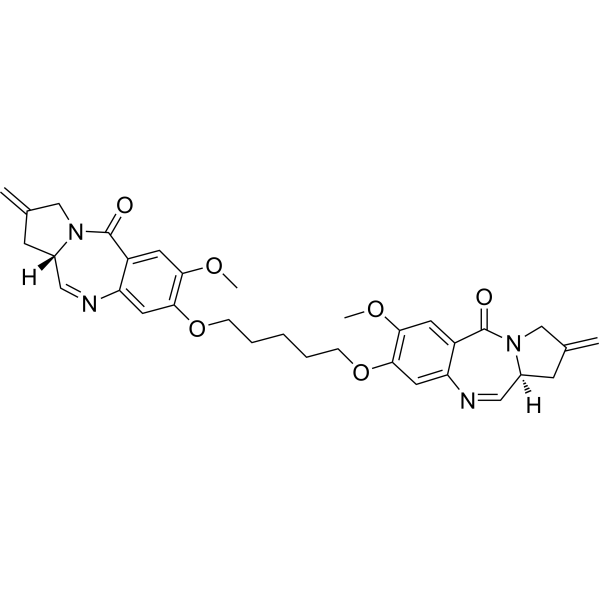
-
GC62691
SG3199
SG3199 ist ein zytotoxisches DNA-Minor-Groove-Interstrand-Crosslinking-Pyrrolobenzodiazepin (PBD)-Dimer. SG3199 ist die freigesetzte Kriegskopfkomponente der ADC-Nutzlast Tesirine (SG3249).
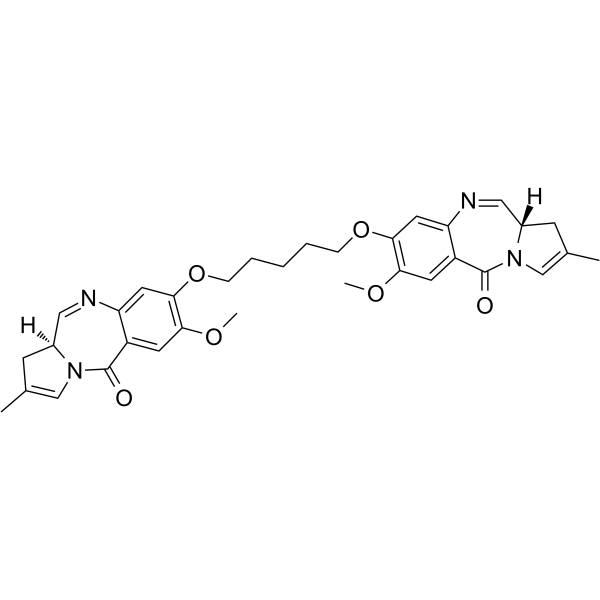
-
GC34086
SJG-136 (NSC-694501)
SJG-136 (NSC-694501) ist ein DNA-Vernetzungsmittel mit einem XL50 von 45 nM fÜr pBR322-DNA. SJG-136 (NSC-694501) hat eine starke AntitumoraktivitÄt.
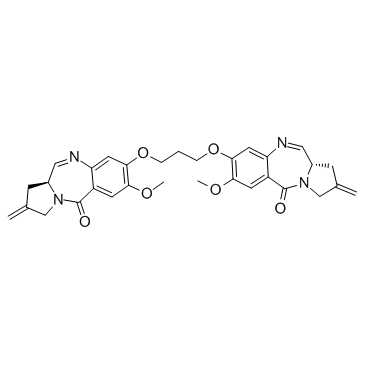
-
GC17131
Streptozocin
Ein diabetogenes Mittel, das auf Betazellen abzielt.
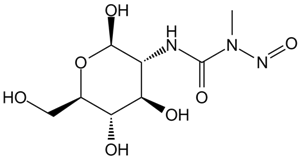
-
GC13667
Temozolomide
Temozolomid ist ein orales Alkylant, das die Bildung von O6-Methylguanin in der DNA induziert.
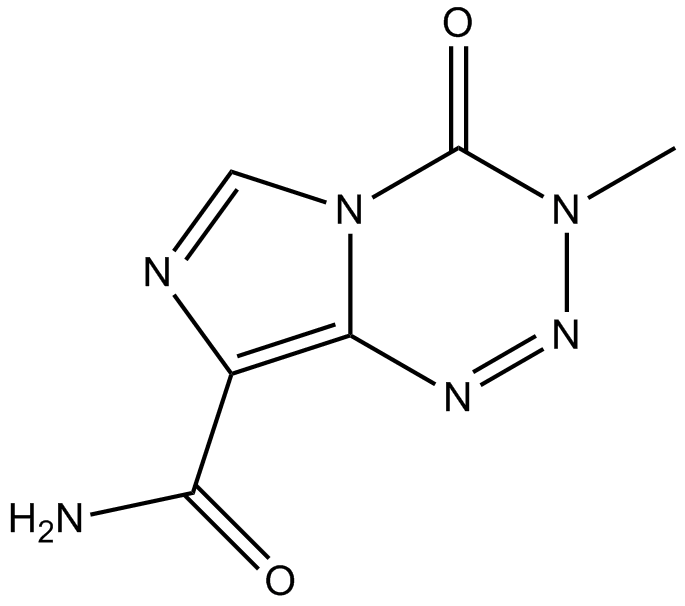
-
GC52076
Temozolomide Acid
TemozolomidsÄure ist ein CarbonsÄurederivat von Temozolomid. Temozolomid ist ein DNA-Alkylierungsmittel, das die Guanin- und Adeninbasen der DNA methyliert und BrÜche im DNA-Doppelstrang, Zellzyklusarrest und schließlich den Zelltod verursacht. TemozolomidsÄure hat eine Ähnliche AktivitÄt wie die Ausgangsverbindung Temozolomid mit der gleichen AntikrebsaktivitÄt.

-
GC16158
Thio-TEPA
Thio-TEPA ist ein DNA-Alkylierungsmittel mit AntitumoraktivitÄt.
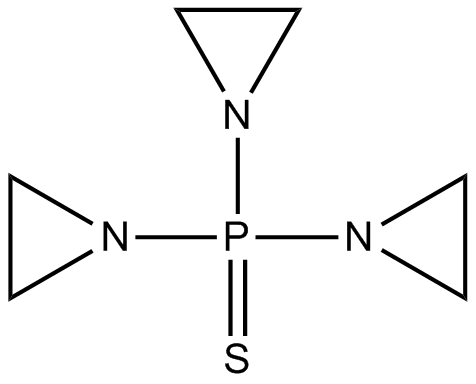
-
GC32918
Treosulfan (NSC 39069)
Treosulfan (NSC 39069) (NSC 39069) ist ein bifunktionelles Alkylierungsmittel mit AktivitÄt bei Eierstockkrebs und anderen soliden Tumorarten.
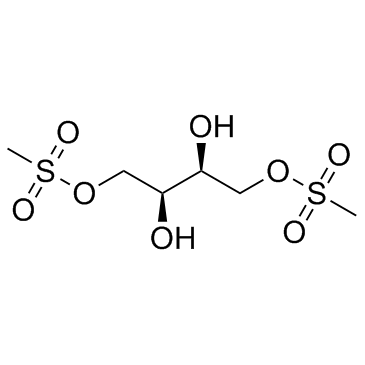
-
GC37860
Uramustine
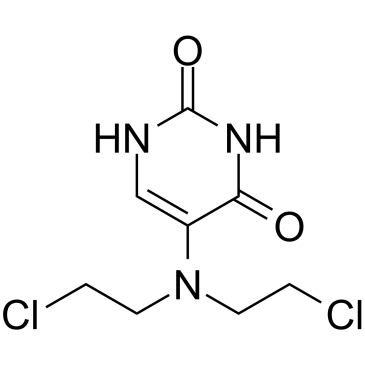
-
GC10339
VAL-083
